Remembering the Stolen Generations
The Stolen Generations are a focal issue for Aboriginal reconciliation in Australia. Every year, the country comes together to show its respect for the Stolen Generations and has done so every year since 1998.
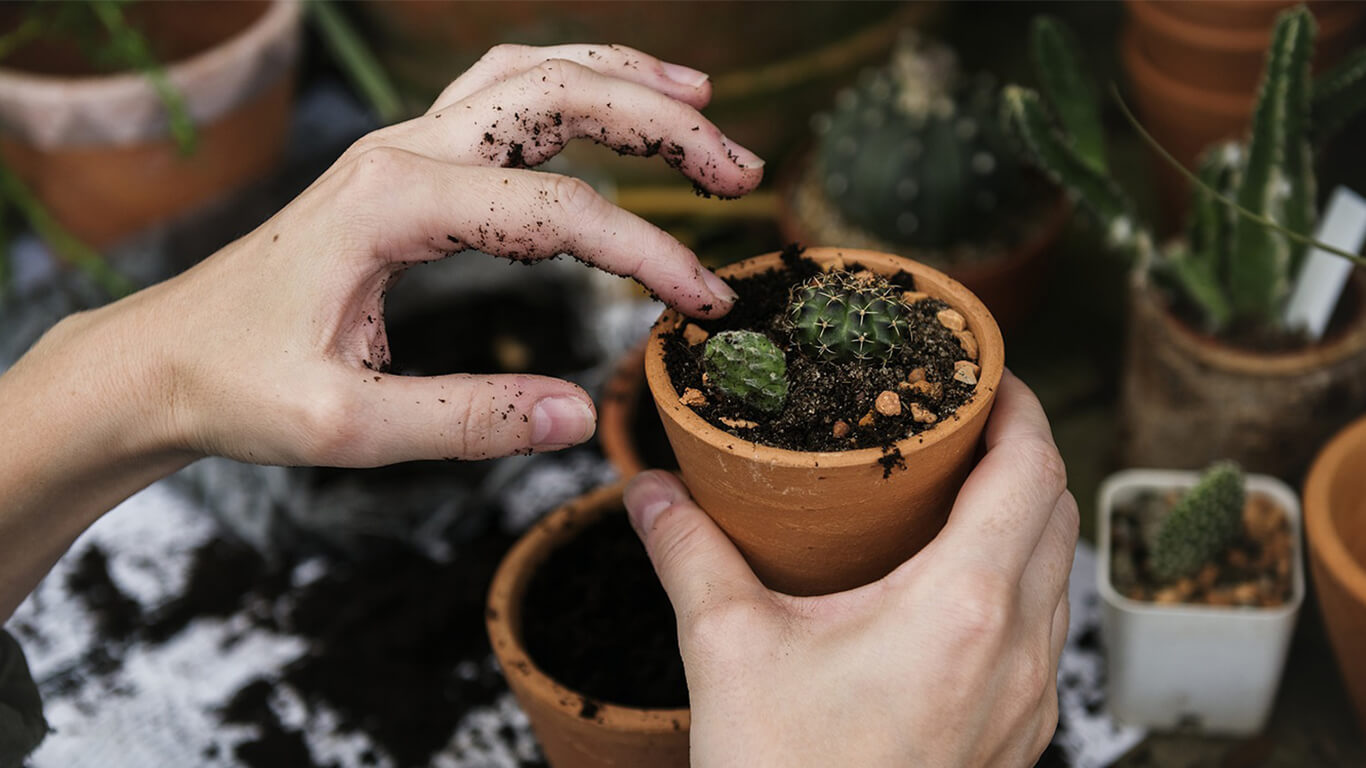
The Stolen Generations are a focal issue for Aboriginal reconciliation in Australia. Every year, the country comes together to show its respect for the Stolen Generations and has done so every year since 1998.
National Sorry Day is held annually on 26 May to remember and commemorate the removal of Aboriginal and Torres Strait Islander children from their families. Importantly, it also raises awareness of the rights of Aboriginal and Torres Strait Islander people.
On 2 October 2007, the Gardens opened the Stolen Generations Memorial, as part of the commitment by the NSW Government and Royal Botanic Gardens and Domain Trust to reconcile with Indigenous communities. Learn more about the Memorial, its history, and what it stands for below.
About the memorial
As part of the Stolen Generation, Carol Kendall had a vision for a unique memorial that created a place of peace, harmony and reflection dedicated to all “Children of the Stolen Generations”. Sadly, Carol passed away in 2002, however, this vision lived on with a partnership commitment in 2003 by The Royal Botanic Gardens & Domain Trust, Link Up NSW, and the NSW Stolen Generations Committee to build a Stolen Generations Memorial at the Australian Botanic Garden Mount Annan.
Mount Annan was known as Yandelora, which means “a meeting place of all peoples”, with the Stolen Generations Memorial site located in a pristine section of the critically endangered Cumberland Plain Woodland. Visitors will experience the memorial as a journey of healing and reflection, as they walk through the forest via a series of boardwalks leading to a peaceful meeting place with water and a sculpture space.
The sculptural centrepiece has been carved by renown Aboriginal sculptor Badger Bates from local sandstone, and features an Aboriginal family highlighting the tragic consequences of the separation of Aboriginal children from their parents. A quiet and contemplative space in the woodland, the sculpture represents the lives touched by this era in Australian history.
As Mount Annan is the “meeting place of all peoples”, it is appropriate that the Memorial be the place that people gather on Sorry Day.
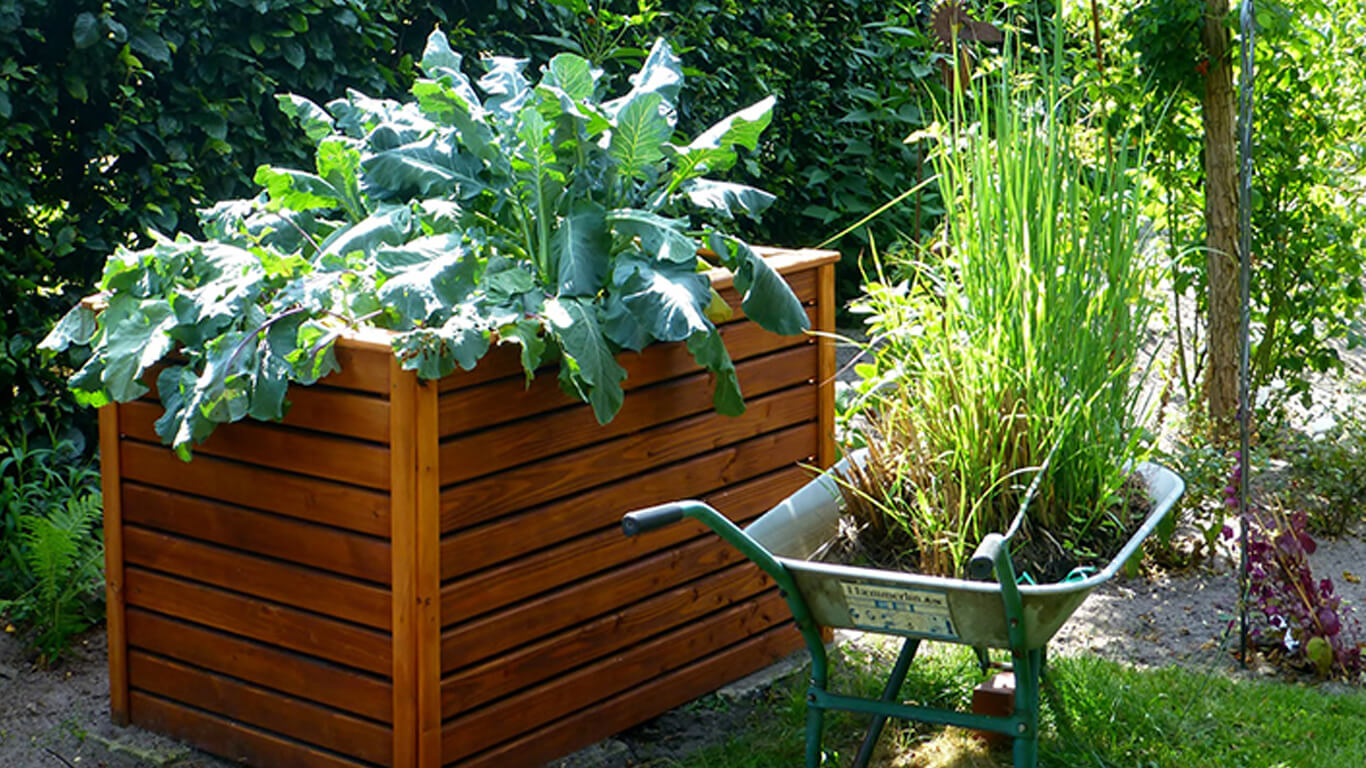
The sculpture can incorporate water, as seen above, to convey a "river of tears" for the lives touched by this era in Australia's history.
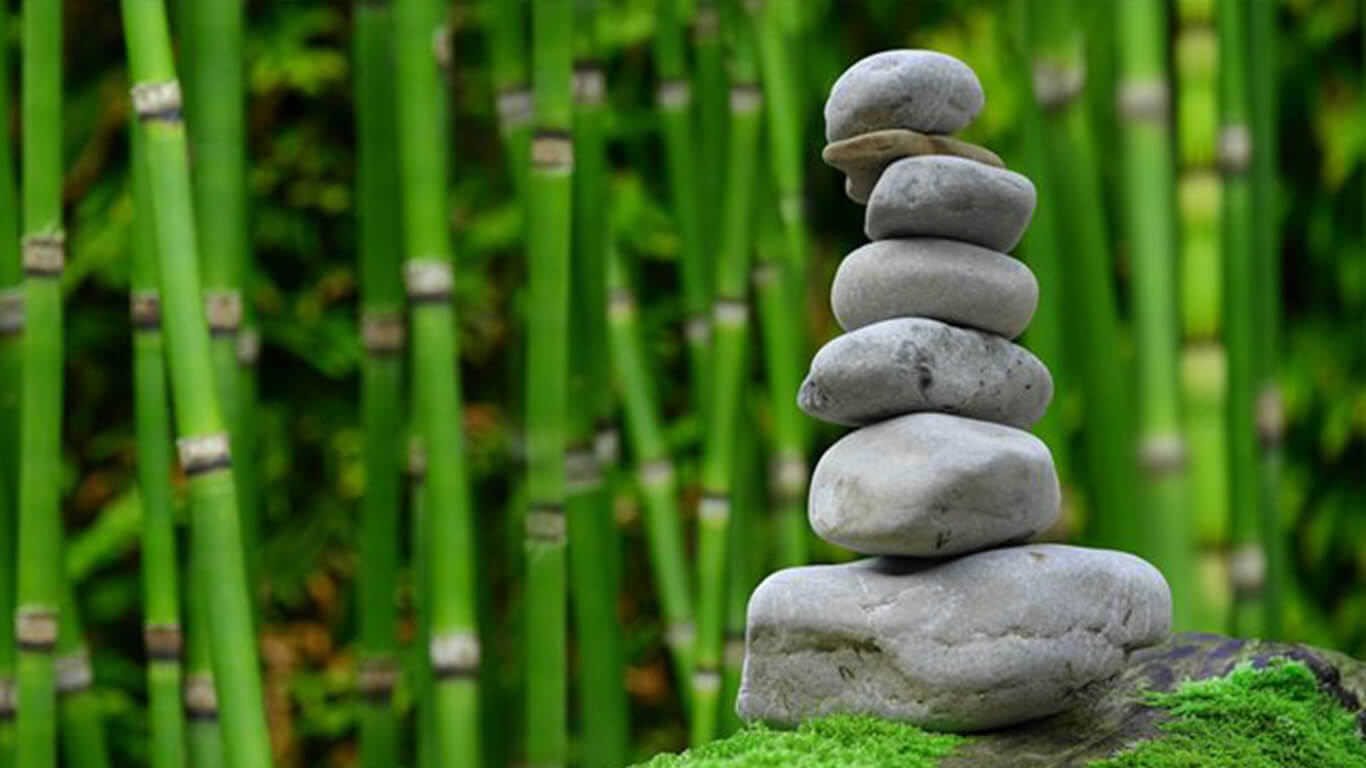
The boardwalk at the Cumberland Plain Woodland.
Sensory plants
Low maintenance and hardy plant varieties such as French lavenders, bamboo, dianellas, lomandras or saltbush can cope with foot traffic and handling. Delicate flowers and herbs are a great addition to any garden and can be placed in planters or pots around the garden.
To the delight of many, some plants make sounds when dried - seed capsules rattle in the breeze and become impromptu musical instruments. Harvesting edible plants creates a sense of pride and can be recycled to make natural paints for activities in the garden. It's important to remember that all plants and garden accessories should non-toxic and sturdy.
Low maintenance and hardy plant varieties such as French lavenders, bamboo, dianellas, lomandras or saltbush can cope with foot traffic and handling.
Nature as a healer
Sensory gardens can be places to relieve tension, reconnect with nature and create a sense of community while also improving physical and mental health. When we surveyed Community Greening participants, many of whom have established sensory gardens, the feedback demonstrated an 85% positive effect on health and 91% said it had a positive effect on their community; 73% are exercising more and 61% are eating better.
These gardens have been introduced in the school environment to allow students to experience the restorative properties of nature and compliment their curriculum. When learning about senses, students can design signs and symbols for the garden such as mouths next to a veggie patch or noses near a bed of roses.
People are also more inclined to interact with the plants and the environment if they know it's okay to smell, touch and taste them.
Aged care facilities, hospitals, mental health and drug and alcohol rehabilitation centres also harness the power of sensory gardens to help reduce anti-social behaviours and tackle economic disadvantage.
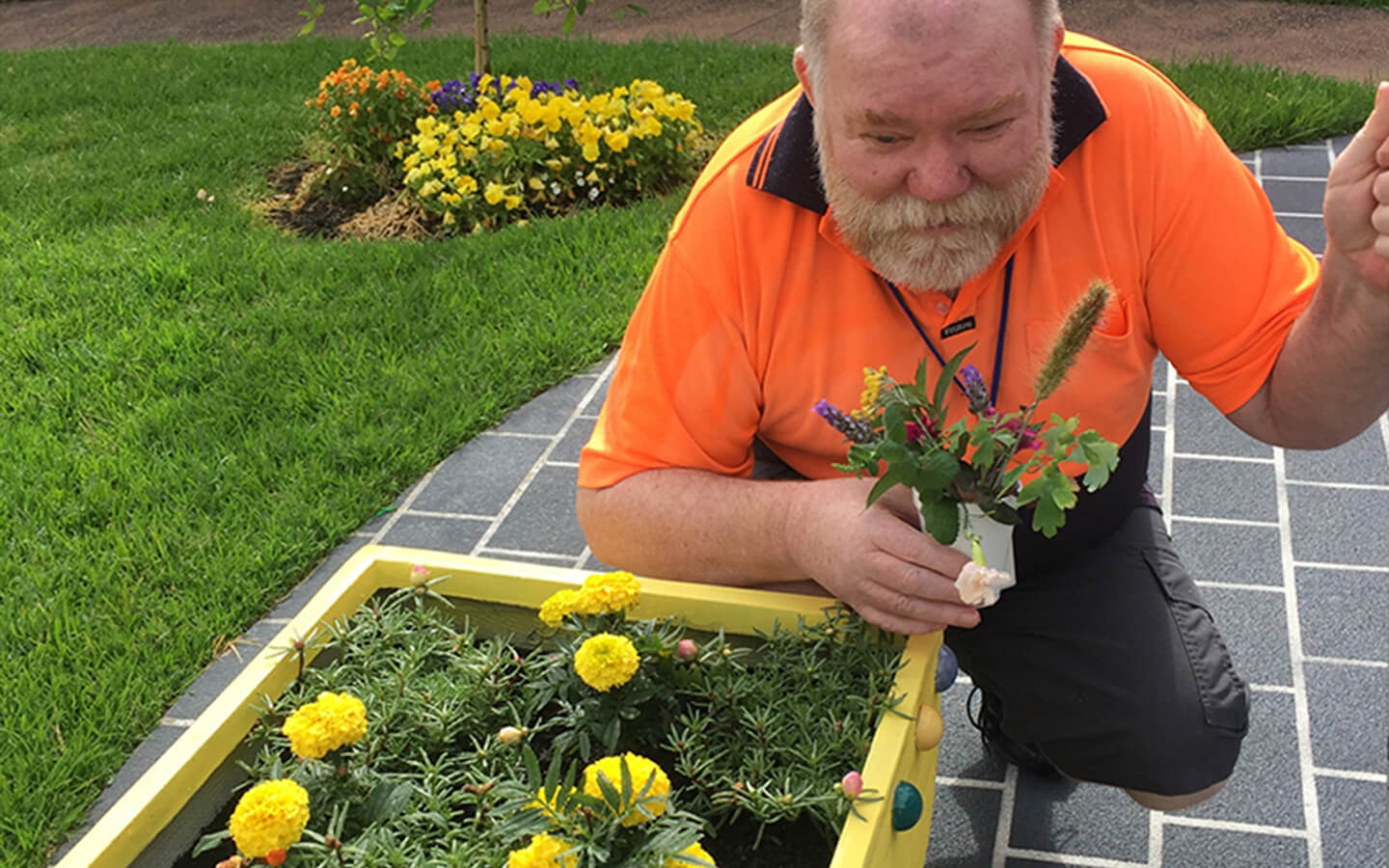
Alexi is a visually impaired gardener that uses brightly coloured pots and plants to help him see.
The Community Greening team establish special spaces for a variety of ages, backgrounds, landscapes and uses.
Visit the Herb Garden
Interested in visiting a Garden that entices with fragrant scents and textures? Read more about the Herb Garden at the Royal Botanic Garden Sydney and plan a visit.
Related stories
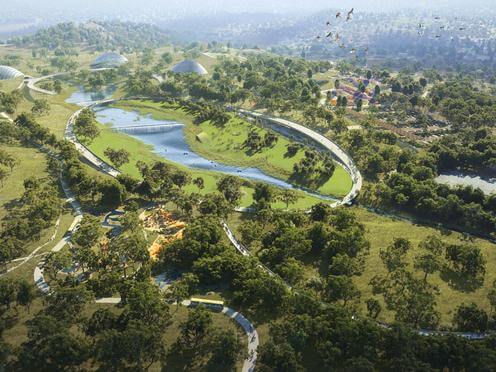
Australian Botanic Garden Mount Annan Master Plan

Flora Deverall, 90, is a volunteer guide at the Botanic Gardens of Sydney and a powerful example of the role of passion, purpose, and plants in a remarkable life. We wanted to share her inspiring story for National Volunteer Week 2025.

Bunga Bangkai (Indonesian), Titan Arum or Amorphophallus titanum has the biggest, smelliest flower-spike in the world. It flowers for just 24 hours, once every few years… and in January 2025 one bloomed at the Royal Botanic Garden Sydney. Named Putricia by staff at the Botanic Gardens of Sydney, she quickly captivated people from all over the world, writes John Siemon, Director of Horticulture and Living Collections.